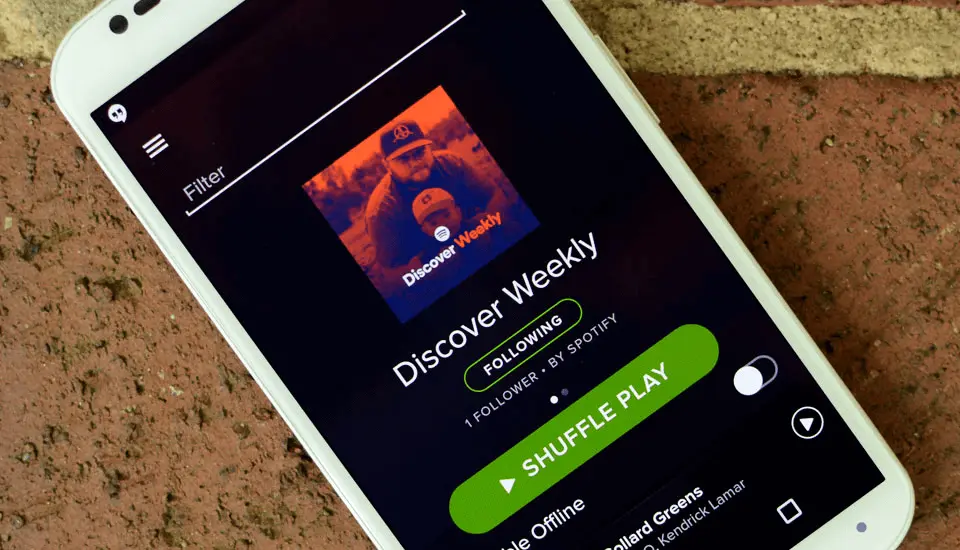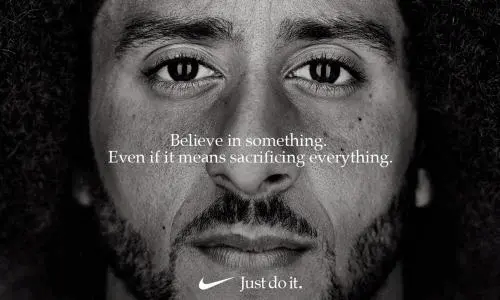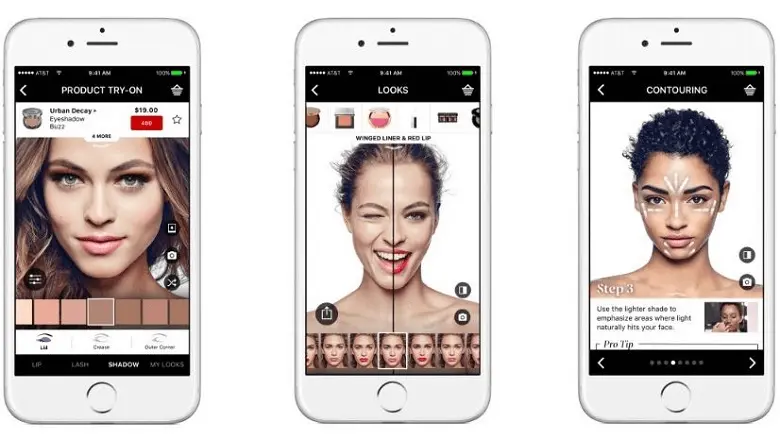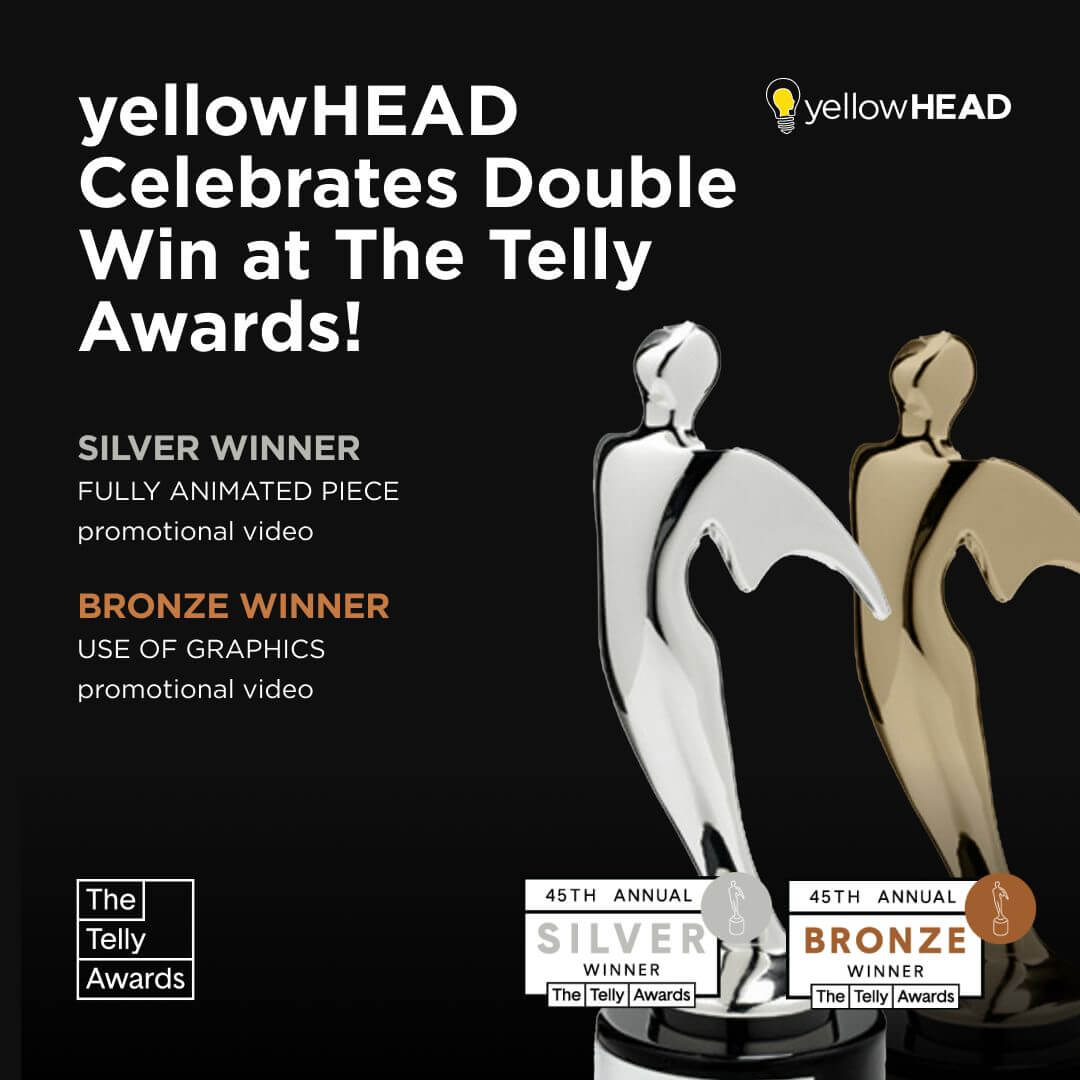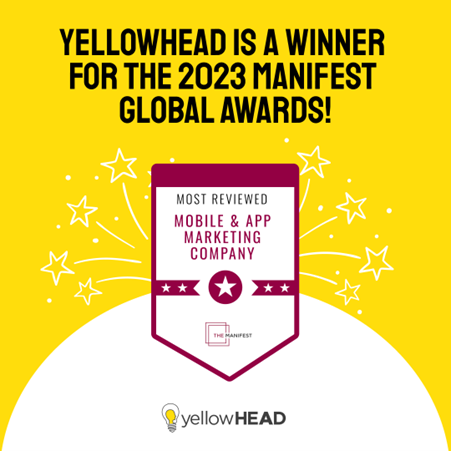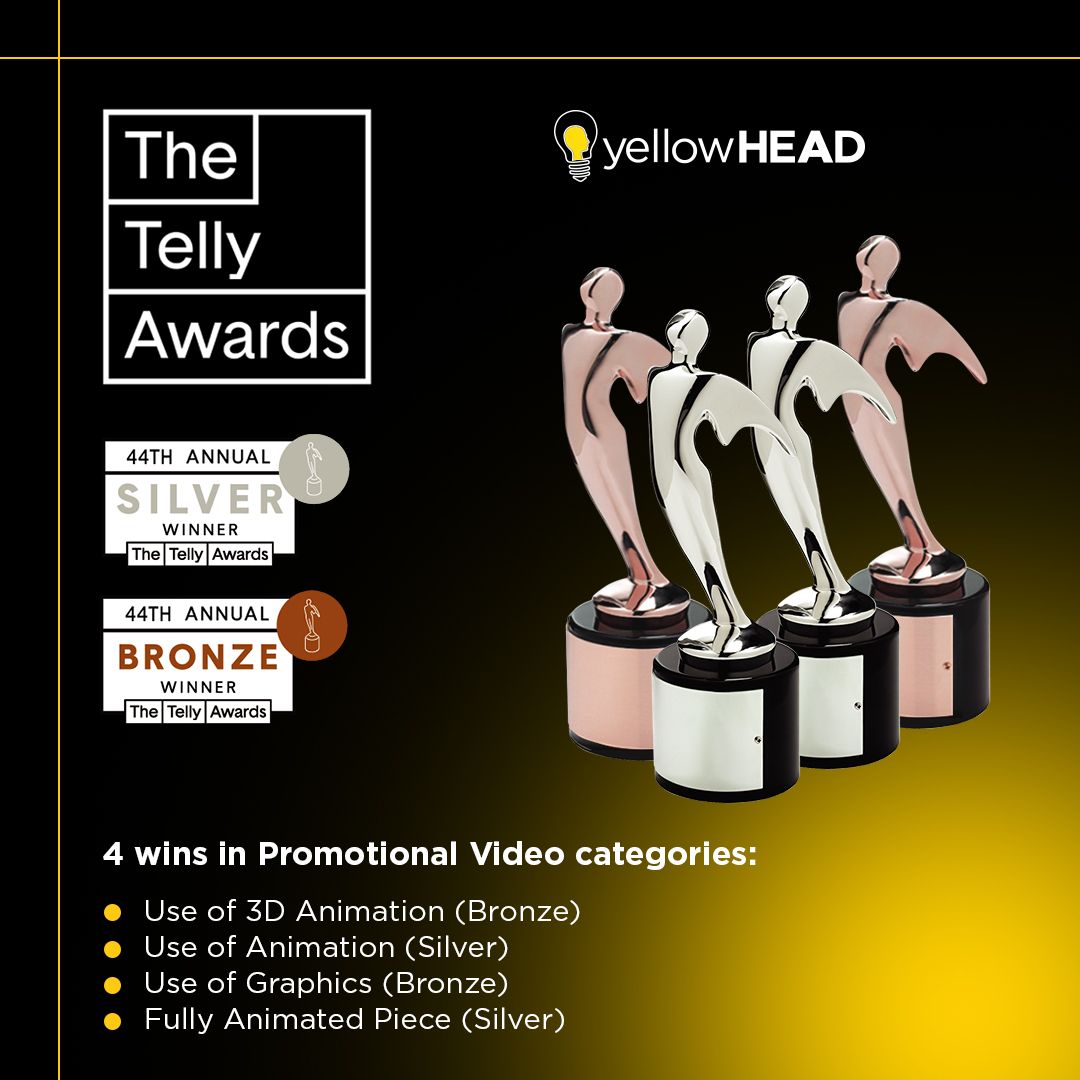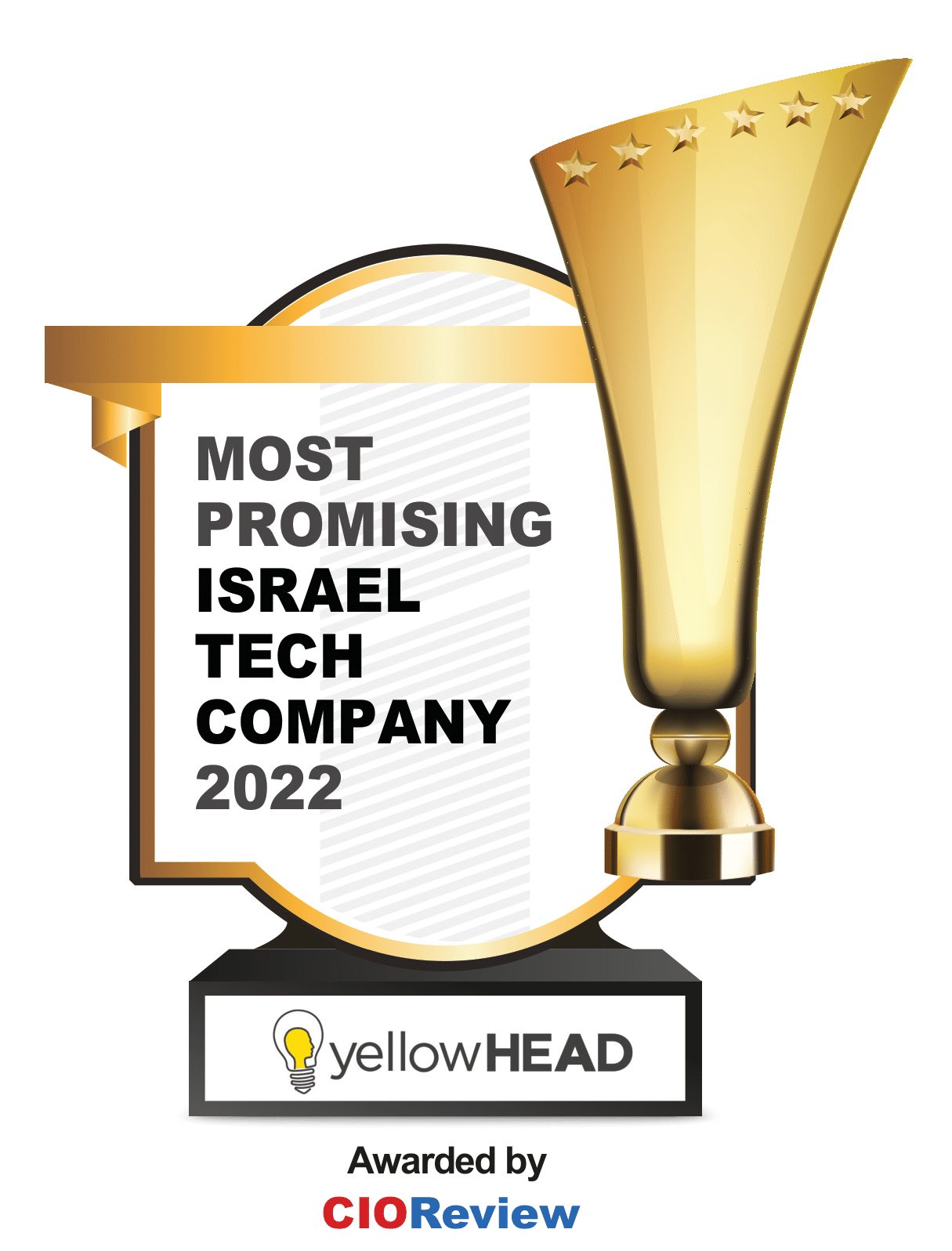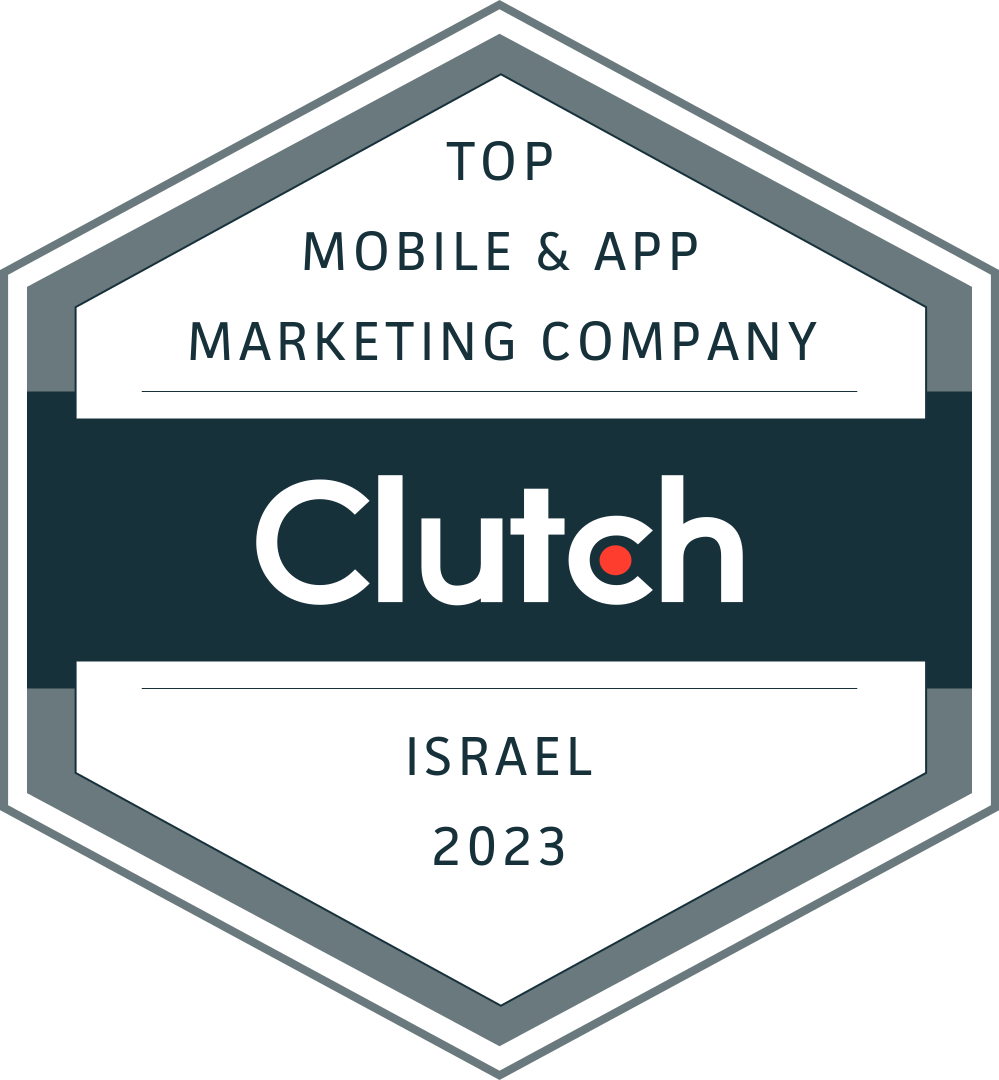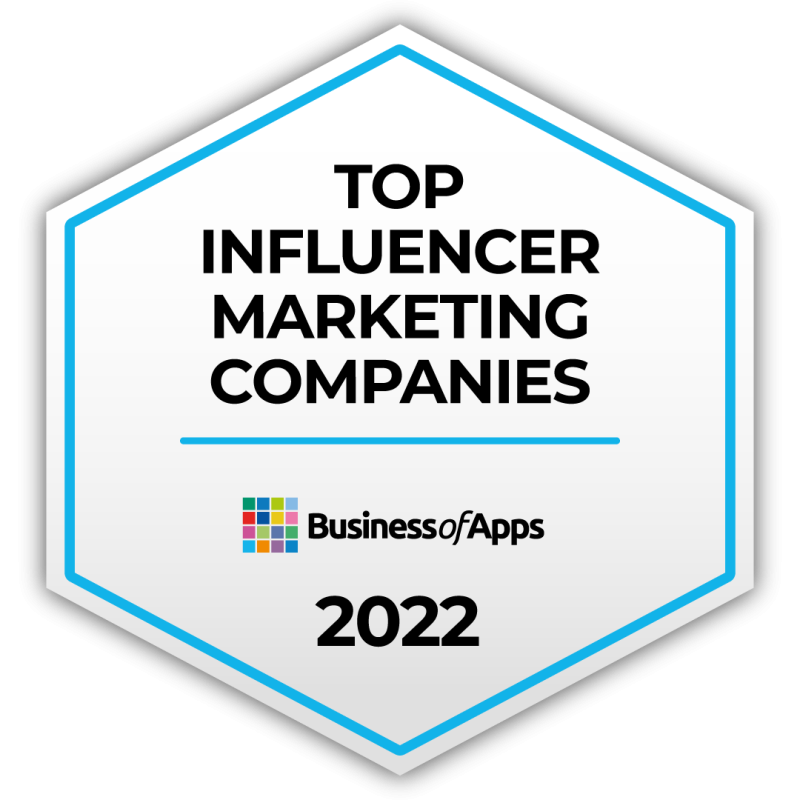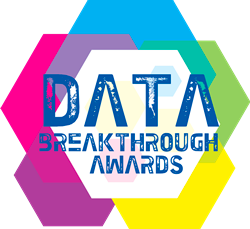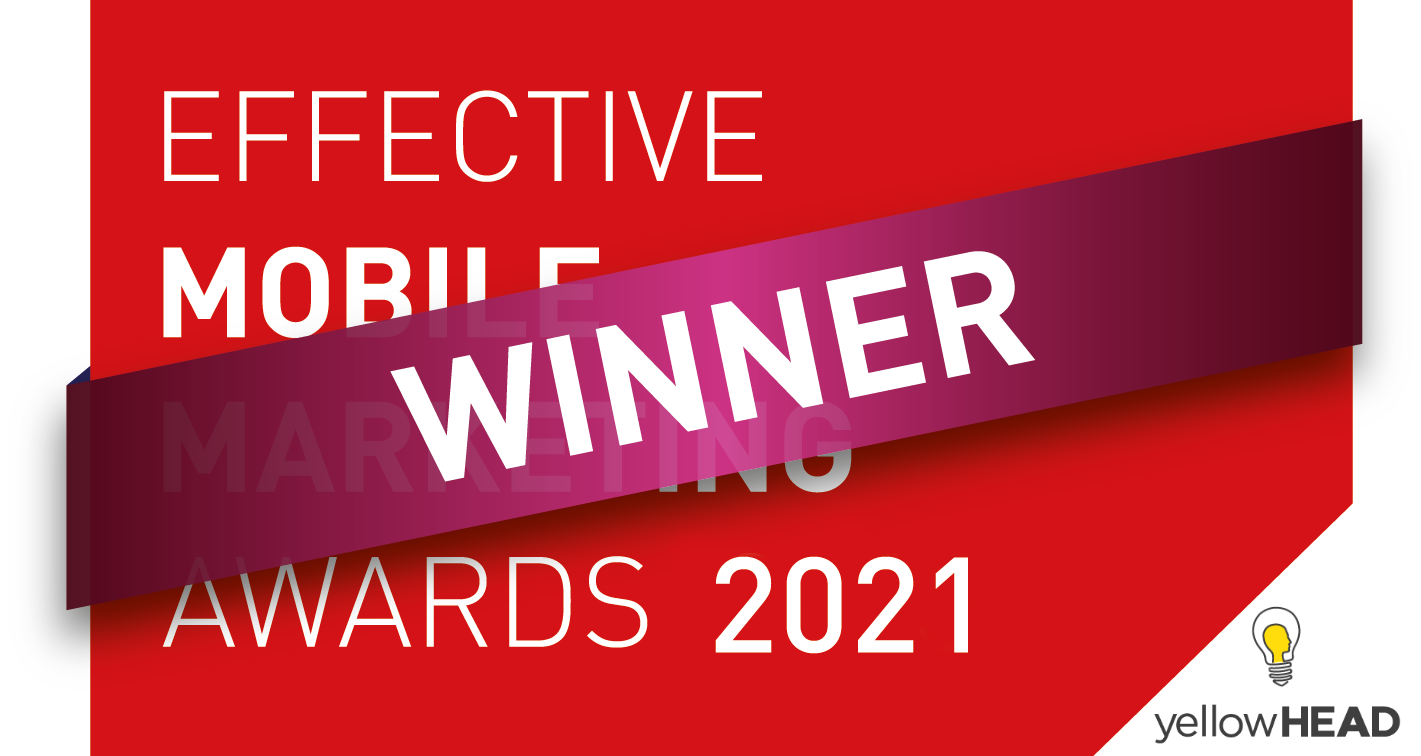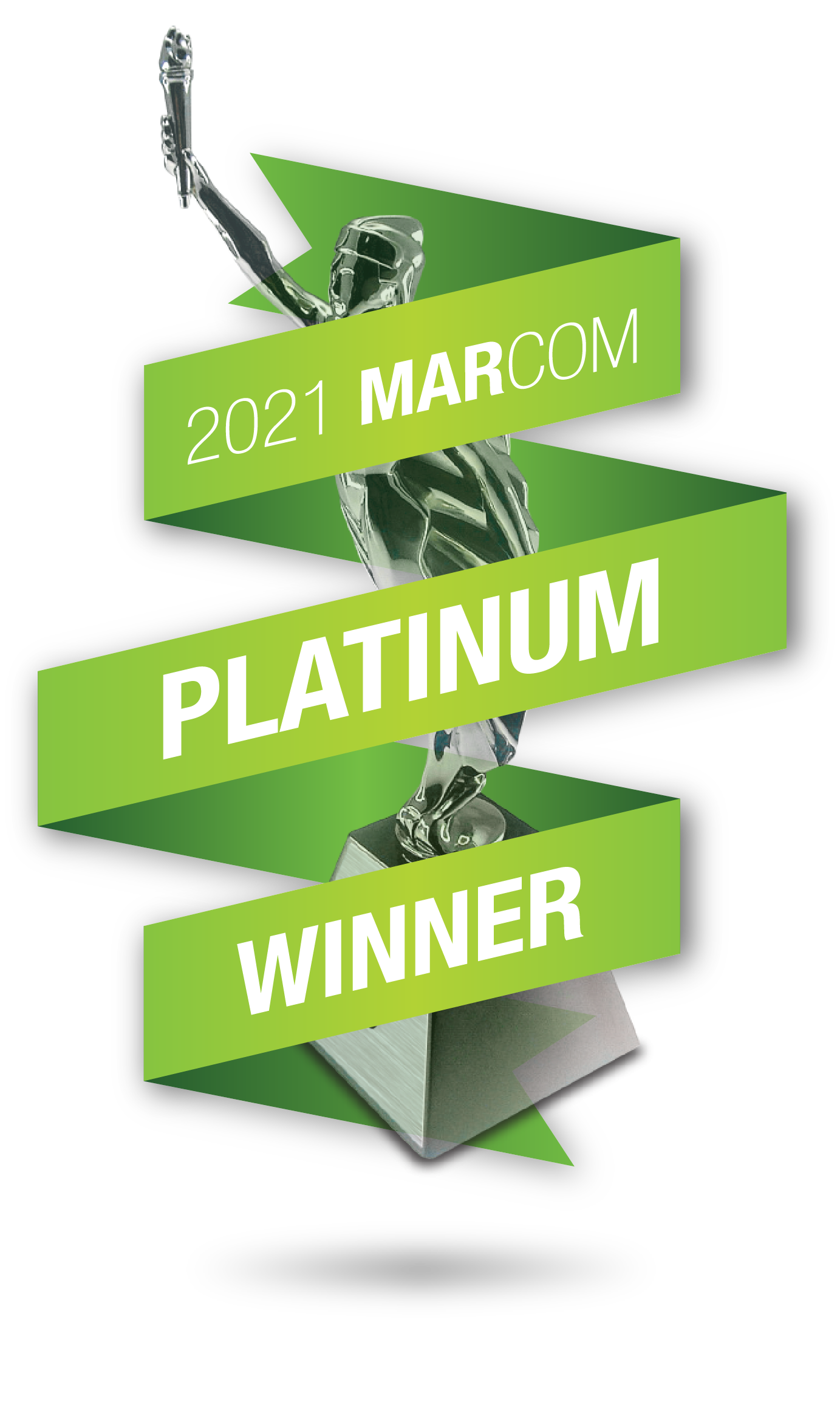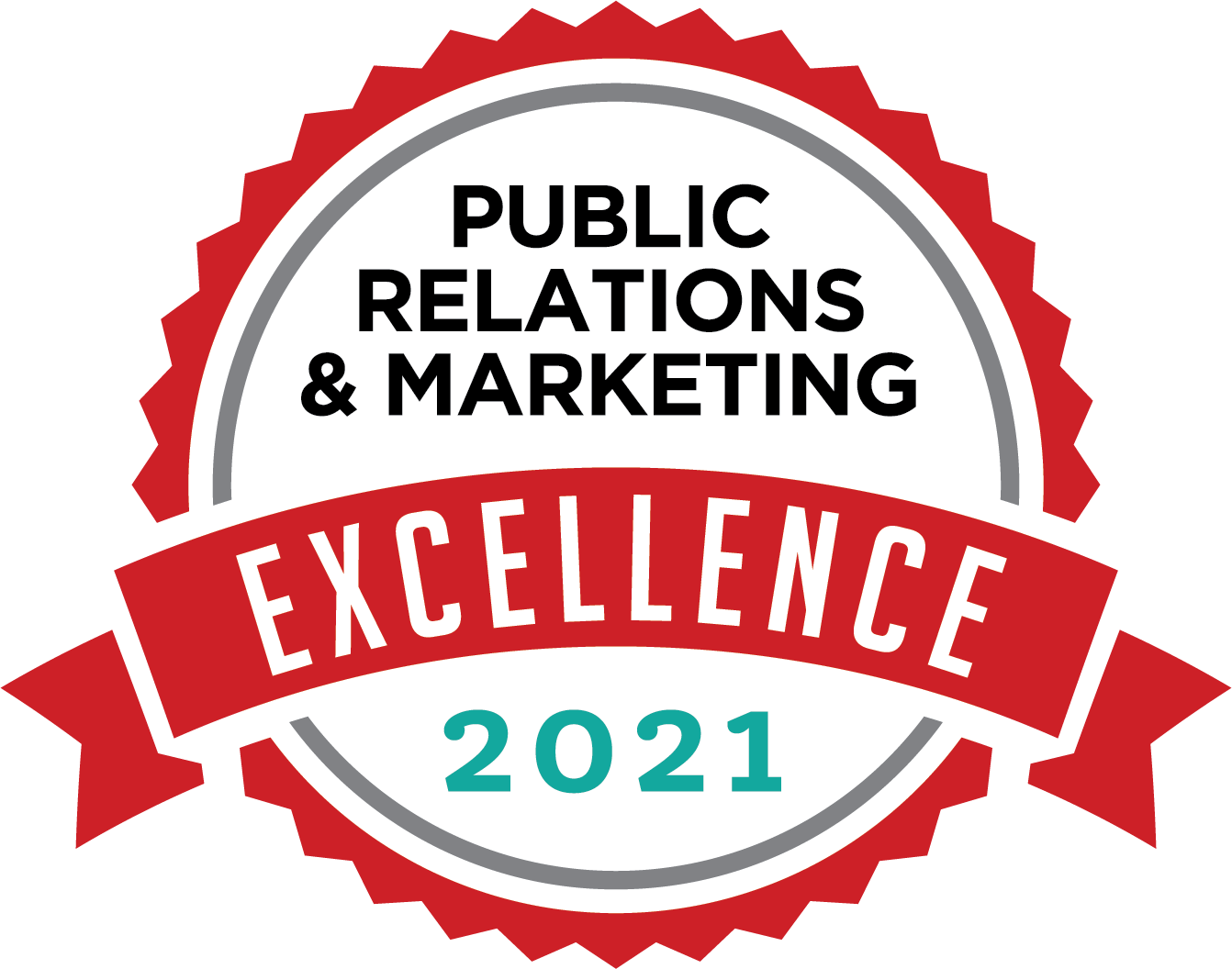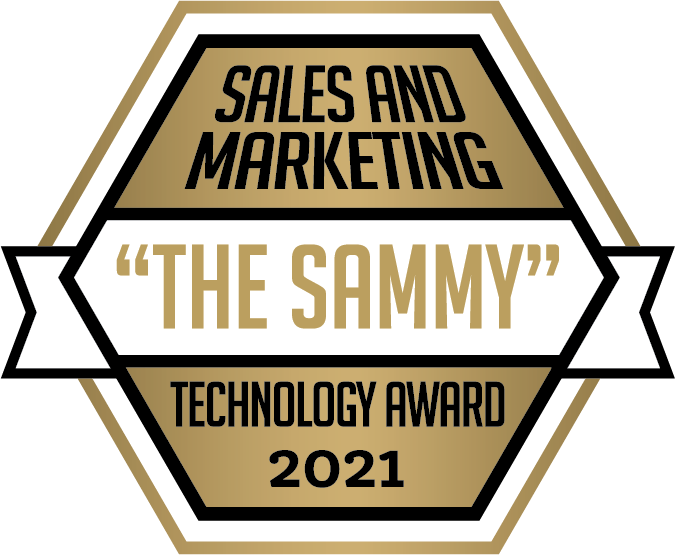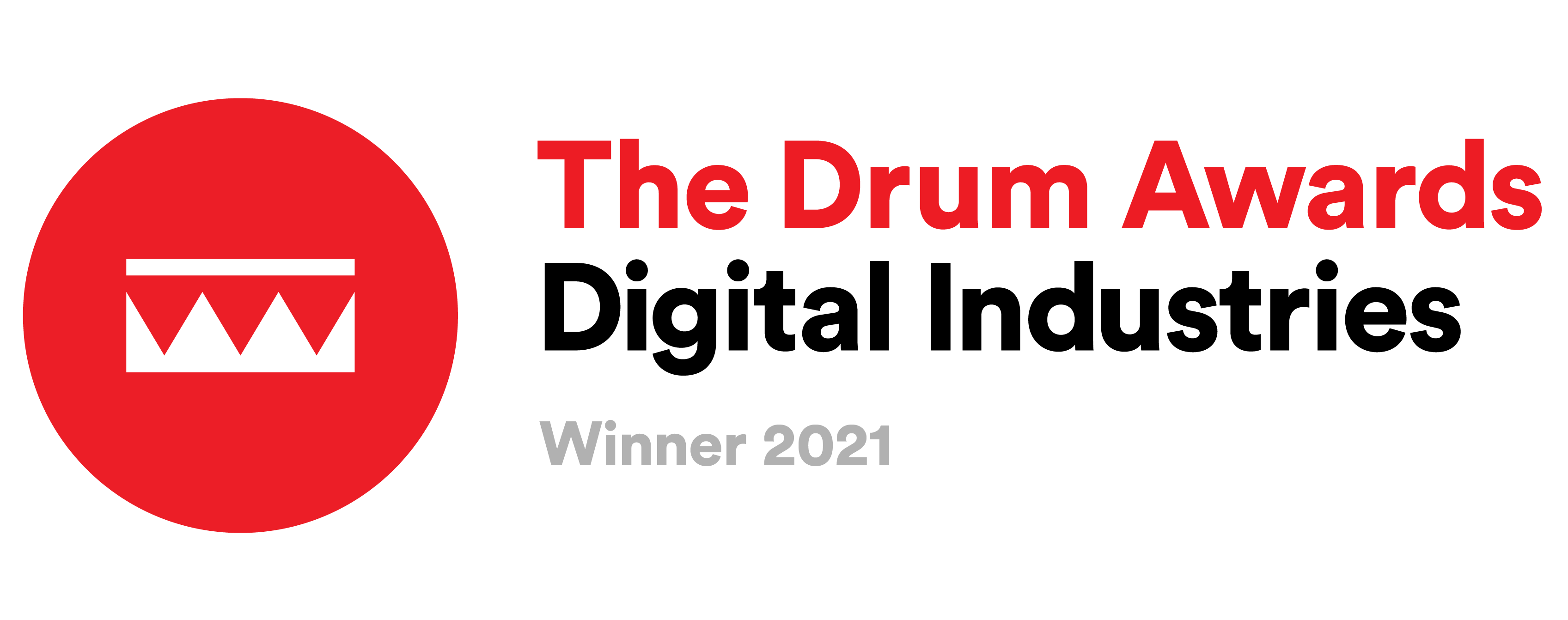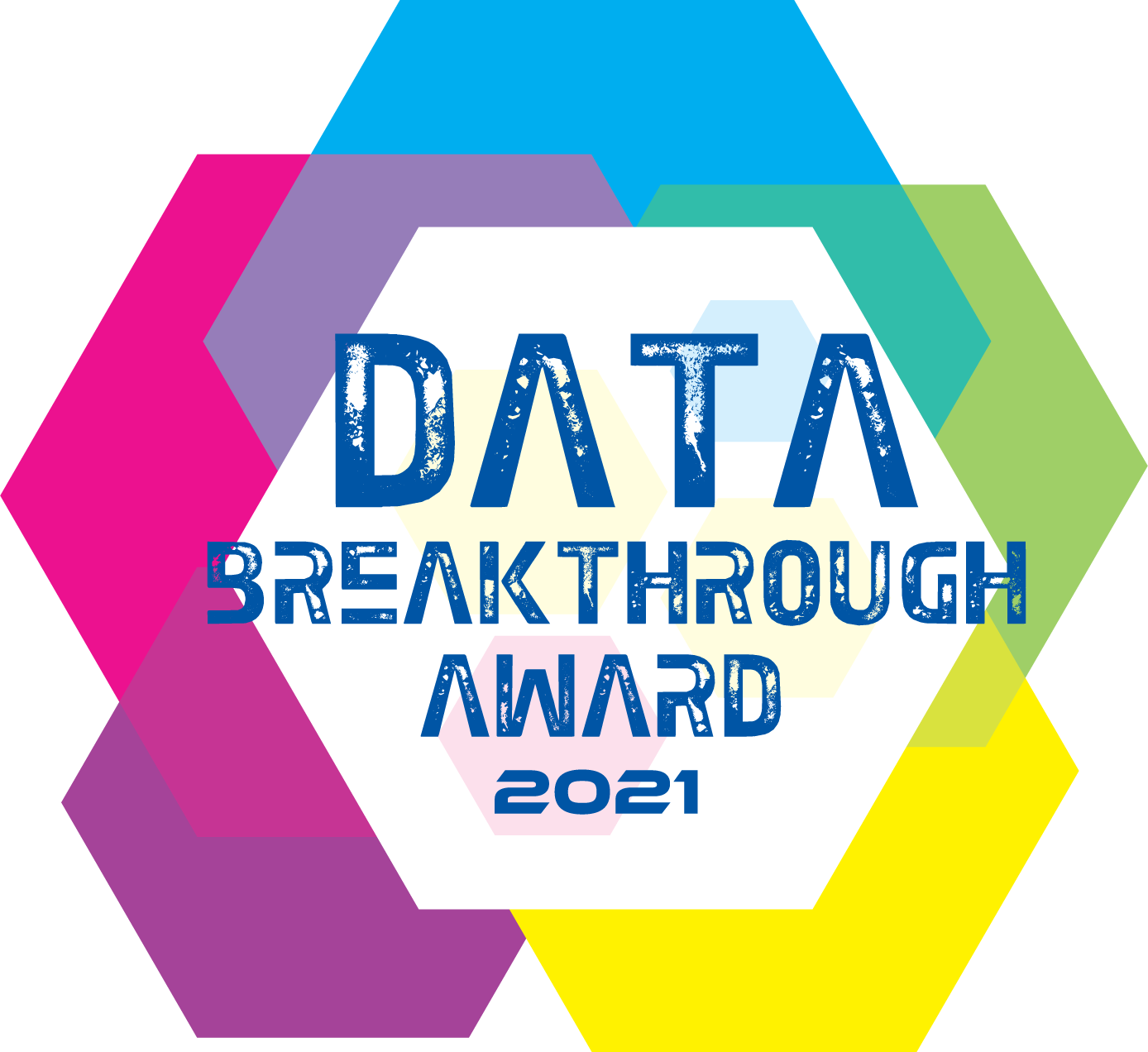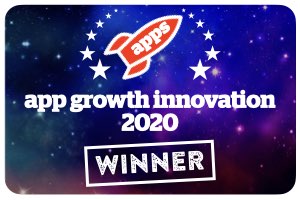Marketing Ideas for Engaging Millennial Audiences

In today’s digital-first world, millennials represent one of the most powerful consumer groups. Born between 1981 and 1996, this generation is characterized by its deep connection with technology, high levels of social engagement, and a desire for authentic experiences. Successfully engaging millennials requires a comprehensive marketing approach that blends user acquisition (UA), creative advertising, and app store optimization (ASO).
This article will explore marketing ideas tailored for millennial audiences, providing actionable insights to capture their attention and drive meaningful results.
Understanding the Millennial Mindset
Before diving into strategies, it’s essential to understand millennials as consumers. They grew up during a period of rapid technological advancement, leading them to be highly tech-savvy and social-media-driven. Some key attributes of millennials include:
- Tech-Savvy: Millennials are comfortable using various digital devices and platforms, making mobile and social channels particularly effective.
- Experience-Focused: Millennials prioritize experiences over material goods. Brands that offer unique or memorable experiences resonate well with them.
- Value-Driven: Millennials prefer brands that are authentic and socially responsible, often supporting companies that align with their values.
- Quick Decision-Makers: Millennials have a shorter attention span due to information overload, requiring brands to capture their attention quickly.
With these characteristics in mind, let’s look at how UA, creative ads, and ASO can be used to effectively engage this demographic.
User Acquisition (UA) Strategies for Millennials
User acquisition is critical in bringing millennials into the fold. UA campaigns targeted at millennials need to be data-driven, mobile-first, and highly engaging. Here are some UA strategies that resonate with this generation:
1. Personalization Through Data
Millennials respond well to personalized experiences. They expect content and offers to be tailored to their specific needs and preferences. Use data-driven marketing techniques to deliver this level of personalization:
- Dynamic Ads: Platforms like Google and Facebook allow for dynamic ad creation, where the ad content adapts based on user behavior and preferences.
- Targeting Based on Interests and Behaviors: Utilize AI and machine learning to analyze user data and deliver personalized recommendations, content, or offers. Millennials are more likely to engage when they feel the content is relevant to their interests.
Example: Spotify’s Personalized Playlists
Spotify’s use of personalized playlists like “Discover Weekly” showcases how brands can effectively use data to drive engagement. By analyzing users’ listening habits, Spotify provides tailored content that speaks directly to their tastes, encouraging continued engagement and loyalty.
2. Mobile-First UA Campaigns
Millennials are highly reliant on mobile devices. As such, a mobile-first UA strategy is essential to ensure a seamless user experience:
- Mobile-Optimized Ads: Ensure all ads are designed for mobile, with vertical formats, concise messaging, and easy-to-understand CTAs.
- Mobile App Install Campaigns: Platforms such as Google Ads and Facebook offer app install campaigns that can be optimized for mobile, driving higher conversion rates.
Example: TikTok’s App Install Campaigns
TikTok has successfully used mobile app install campaigns to attract millennial users. By creating engaging, mobile-first content that appears natively within their app, TikTok has consistently captured the attention of millennials, driving high download and engagement rates.
3. Social Proof and Influencer Marketing
Millennials heavily rely on peer recommendations and social proof. This can be effectively leveraged in UA strategies by using:
- User-Generated Content (UGC):
Millennials trust content created by their peers more than traditional advertising. Encourage users to create and share content featuring your app or product, then repurpose it in your UA campaigns. - Influencer Marketing:
Collaborating with influencers who resonate with millennial audiences can significantly boost your brand’s visibility. Influencers provide authentic, relatable content that millennials trust.
Example: Airbnb’s Influencer Campaigns
Airbnb’s influencer campaigns focus on travel experiences, showcasing the personal stories of influencers staying at unique Airbnb properties. These authentic, experience-driven endorsements have helped the brand build trust and engage millennial audiences.
Creative Ads that Resonate with Millennials
Creating compelling and engaging ads is crucial to capturing the attention of millennials, who are bombarded with content across platforms. Your creative ads should focus on storytelling, authenticity, and innovation. Here are some approaches to consider:
1. Storytelling That Reflects Values
Millennials respond well to storytelling that aligns with their values, particularly around social issues, authenticity, and personal growth. Instead of hard-selling, craft narratives that resonate emotionally:
- Focus on Authenticity: Be transparent and genuine in your messaging. Millennials value brands that don’t sugar-coat their stories and are upfront about their goals, mission, and values.
- Emotionally-Driven Content: Ads that evoke strong emotions—whether it’s joy, empathy, or inspiration—are more likely to capture millennials’ attention and drive engagement.
Example: Nike’s “Dream Crazy” Campaign
Nike’s “Dream Crazy” campaign, which featured Colin Kaepernick, aligned with millennial values of social justice and activism. The campaign told a powerful story that resonated with millennials on a personal level, leading to widespread engagement and support.
2. Interactive Ads
Millennials enjoy interactive content that allows them to engage with the brand directly. Consider using:
- Playable Ads: Especially effective for mobile apps, playable ads give users a chance to experience a demo of your app directly within the ad unit.
- Augmented Reality (AR) Ads: AR ads allow users to interact with products in an immersive way. Beauty brands, for example, often use AR ads to let users “try on” makeup or accessories.
Example: Sephora’s AR Campaign
Sephora’s AR campaign allows users to virtually try on makeup products using their mobile devices. This interactive experience has been highly effective in driving engagement and purchases among millennial consumers.
3. Short-Form Video Content
Short-form videos are one of the most effective formats for reaching millennials. Platforms like TikTok, Instagram Reels, and YouTube Shorts have grown in popularity among this demographic, making them ideal for engaging ads:
- Keep It Concise: Millennials are accustomed to consuming bite-sized content. Short, visually engaging ads are more likely to capture and hold their attention.
- Use Humor and Relatability: Millennials respond well to ads that entertain. Injecting humor or relatable scenarios into your content can make your ads more shareable and memorable.
Example: Chipotle’s Viral TikTok Challenge
@gilmhercroes I Love @chipotle 🤩 I challenge you to try the #chipotlelidflip , can you do it?🤣 #ad
Chipotle leveraged TikTok’s short-form video format by creating the “Lid Flip Challenge,” which quickly went viral. The challenge encouraged users to participate and create their own content, leading to increased brand visibility and engagement.
App Store Optimization (ASO) for Millennials
ASO is essential for attracting organic app downloads and driving user engagement. For millennials, optimizing your app store listing with compelling visuals, targeted keywords, and strong social proof is key to success.
1. Optimized App Titles and Descriptions
Your app title and description should clearly communicate the value of your app and align with millennial search behaviors:
- Keyword Optimization: Research and include keywords that millennials are likely to search for, focusing on terms related to lifestyle, efficiency, and experience.
- Clear, Engaging Descriptions: Use concise, engaging language that quickly conveys the value of your app. Highlight key features that address common millennial pain points or desires.
Example: Calm App’s ASO
The Calm app effectively uses keywords such as “relax,” “meditate,” and “sleep” to optimize its app store listing. The app description is clear, highlighting the benefits of stress reduction and better sleep—appealing to millennials seeking mental wellness solutions.
Read more about the Calm App HERE.
2. Engaging Visuals and Videos
Millennials are highly visual, so your app’s screenshots and videos need to showcase your app’s features and benefits in an appealing way:
- Feature-Oriented Screenshots: Highlight the most attractive features of your app in your screenshots. Use captions to explain the value of each feature.
- Preview Videos: A short, engaging app preview video can dramatically improve conversion rates. Millennials are more likely to download an app after watching a video that shows how it works.
Example: Duolingo’s Visuals
Duolingo’s app store listing uses colorful, engaging screenshots to highlight its key features. The preview video provides a quick look at how the app helps users learn new languages, driving high engagement and download rates among millennial users.
3. Leverage Reviews and Social Proof
Millennials value the opinions of others when making decisions. Encouraging reviews and showcasing positive feedback on your app store page can help boost downloads:
- Request Reviews: Prompt users to leave reviews after positive experiences with your app. A steady stream of positive feedback will improve your app’s visibility and trustworthiness.
- Respond to Feedback: Show that you’re actively listening to your users by responding to reviews, especially negative ones. This demonstrates your commitment to improvement, which millennials appreciate.
Example: Headspace’s Review Strategy
Headspace actively encourages users to leave reviews and frequently responds to feedback. By maintaining a strong presence in the reviews section, the app builds trust with millennial users, leading to higher engagement and retention.
Final Thoughts
Engaging millennials requires a tailored approach that focuses on personalization, creativity, and authenticity. By implementing data-driven UA strategies, developing creative ads that speak to millennial values, and optimizing your app store presence, brands can effectively capture the attention of this key demographic.
To explore how these strategies can be applied to your business and unlock growth with millennial audiences, contact the experts at yellowHEAD for a free consultation. Let us help you create impactful campaigns that resonate with today’s consumers.





